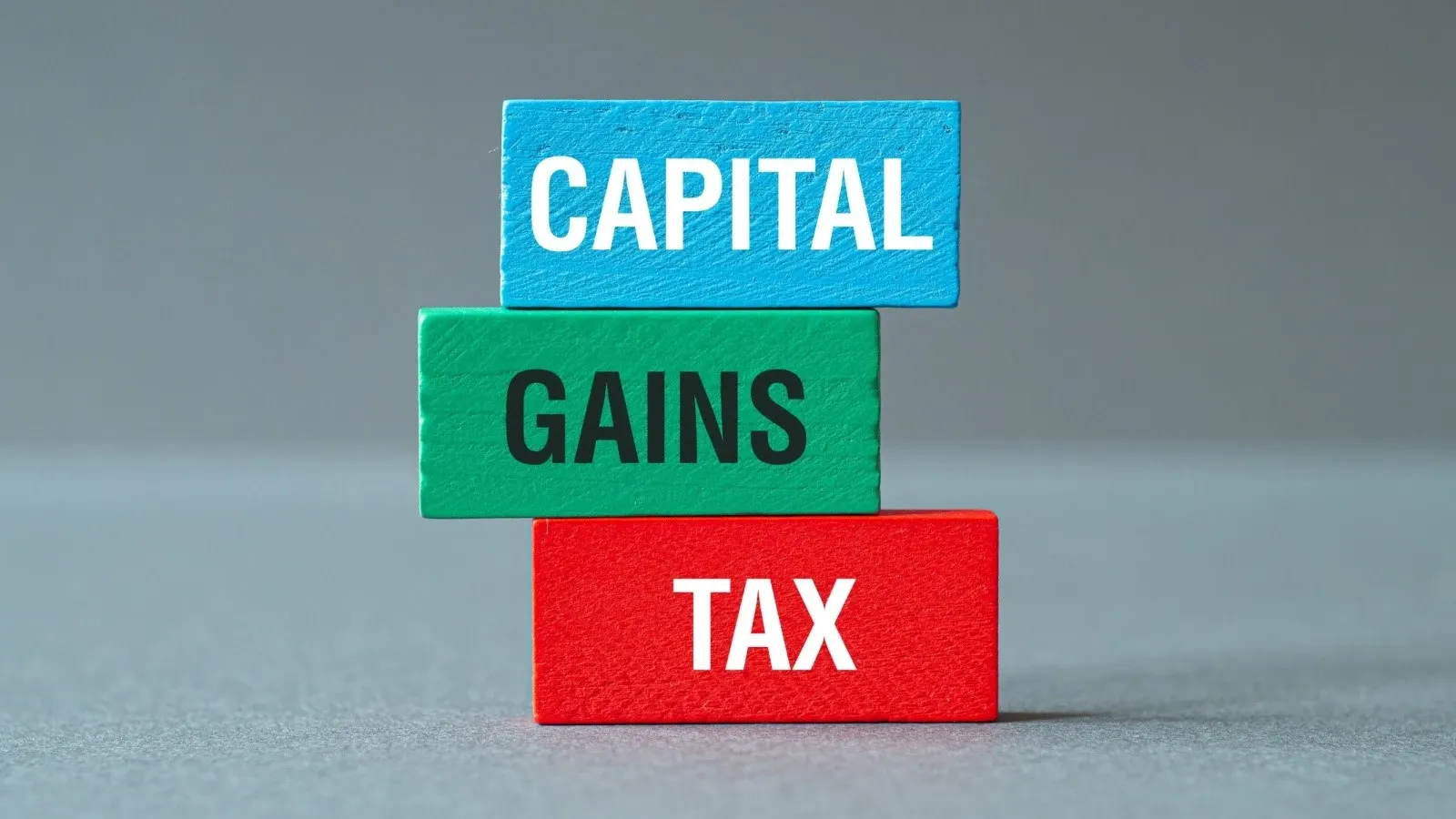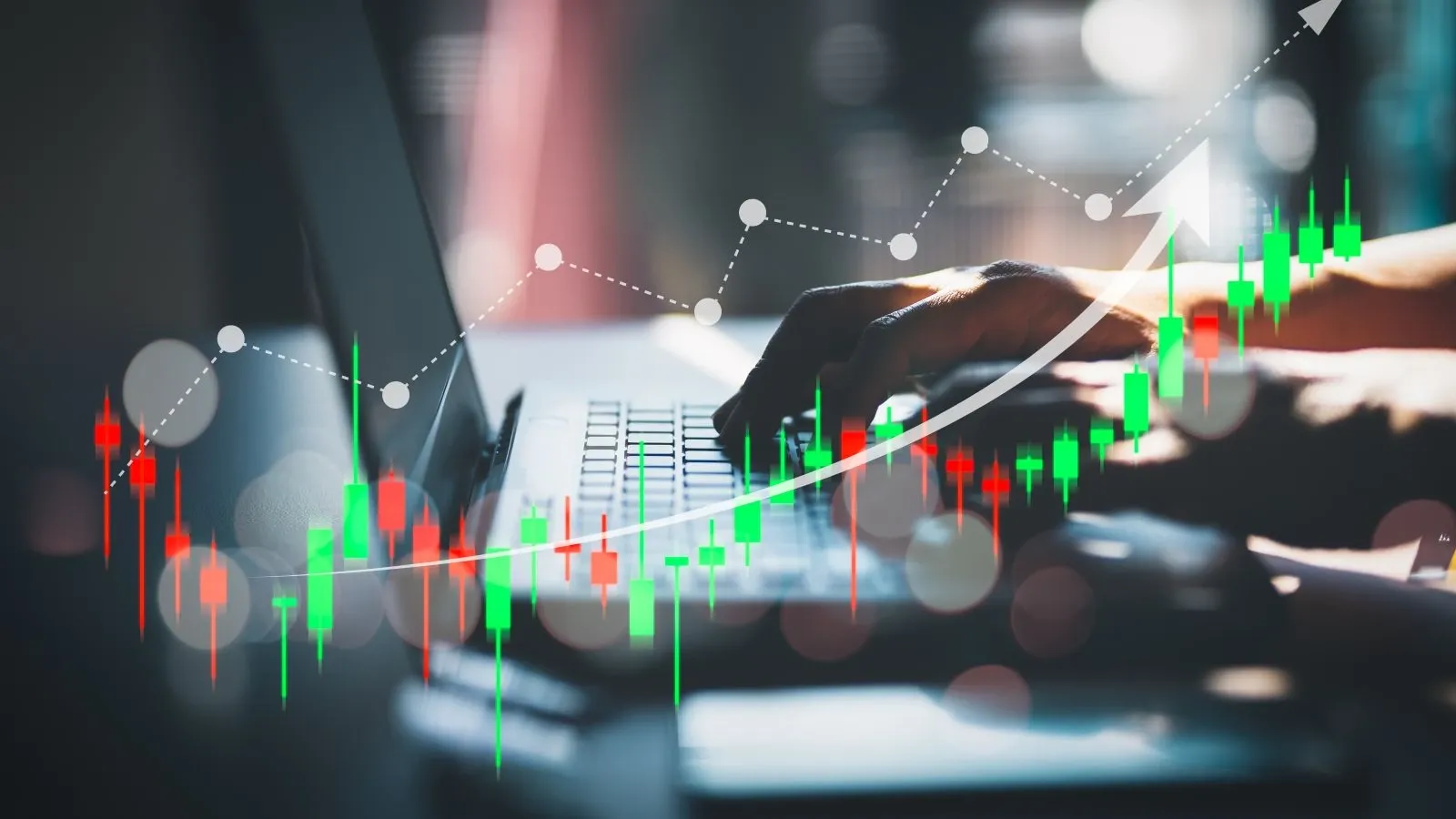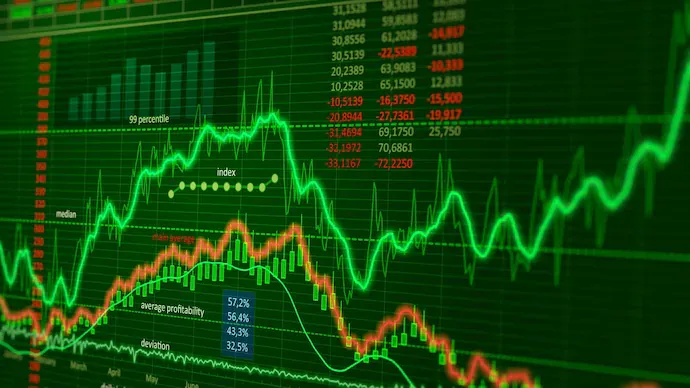What is India VIX?
Written by Upstox Desk
Published on August 05, 2025 | 7 min read

India VIX, often called the market’s fear gauge, reflects expected volatility in the Nifty 50 over the next 30 days. This blog discusses how India VIX is calculated, its link to market sentiment, and how investors use it to interpret risk and make better decisions.
When we talk about the stock market, one of the most common buzzwords is ‘volatility’. People use the term quite often to describe the ups and downs in returns and, at times, to denote market risk and fluctuations. The stock market usually runs on investors’ sentiments, and the movement can be quite unpredictable (and even strange). Just like it is possible to measure market trends (and growth) through indices, it is possible to measure and evaluate volatility.
VIX stands for Volatility Index, often called the ‘fear index’. It measures the market’s expectation of Nifty 50 volatility for the next 30 calendar days. A more appropriate term for this is confusion’ or ‘unpredictability’ index. When investors expect market volatility, the VIX index increases and vice versa. The VIX index will demonstrate a sudden spike with a sudden rise in panic (for instance, a declaration of war between two major economies). A calm, low VIX? Markets may be in cruise control or largely complacent.
Let us understand the VIX index from the Indian markets’ perspective, how it is calculated, and why analysing it is as important for traders as the Nifty or Sensex.
How is India VIX Calculated?
After understanding what is India VIX, let us move ahead to find out how it is calculated. The NSE calculates India VIX by adapting the CBOE (Chicago Board Options Exchange) methodology for the Indian context by using live ask-bid data from Nifty option contracts.
The Methodology and Formula
India VIX uses quotes from out-of-the-money (OTM) puts and calls across two nearest expiries (near and next month). It applies the modified Black‑Scholes model and spline interpolation to calculate implied volatilities where data gaps exist.
The formula is roughly the following:
India VIX = 100 * √((Sum[Weighted Implied Volatility Squared])/Total Weight)
Here, the weights are derived from open interest and strike price distance.
Key Inputs
Here are the key inputs needed to calculate the India VIX Index:
-
Time to Expiry: Measured in minutes for precision across relevant contracts.
-
Risk-Free Rate: 30–90 day government yield used in annualising volatility.
-
Forward Index Level: Derived from Nifty futures to select the ATM strike for analysis.
-
Bid–Ask Prices: Reflect real-time market sentiment for each option strike.
Why India VIX Matters to Stock Market Investors
India VIX is an excellent tool for measuring market euphoria or pessimism. The best India VIX meaning could be a real-time indicator of market sentiment and is critical in evaluating how investors have reacted to news or updates. When the index rises sharply, it signals increased uncertainty, fear, or nervousness among traders. Conversely, a low VIX usually reflects investor confidence and market stability.
For traders, India VIX is important because volatility can point towards an untapped opportunity in the market. A high VIX means wider price swings for short-term traders and options strategists, opening doors for potential profit if navigated wisely. On the other hand, long-term investors can use VIX spikes as an indicator to avoid panic selling and look for entry points when the stock is undervalued.
For Indian markets, VIX is critical throughout the year but becomes more important during major events like elections, Union Budgets, or global economic announcements. It helps investors evaluate the market’s movement expectations, even when the actual direction is uncertain. VIX is critical for hedging, portfolio diversification, and fine-tuning asset allocation to improve overall profitability.
India VIX vs Market Volatility: What’s the Connection?
It is important to understand that India VIX does not track realised volatility but forecasts expected volatility in the market. Hence, it predicts what the market believes to happen in the course of price fluctuations in the next 30 days. To understand what is VIX in share market, one must know its relationship with volatility and Nifty.
Typically, the relationship between Nifty and VIX is inverse. When India VIX rises, it often precedes a market dip, as investors brace for uncertainty or potential negative events and vice versa. However, this is not a strict rule, as there have been numerous examples of the market rising even when VIX is high.
Hence, VIX is largely a mood indicator, and it is important to pair it with tools such as moving averages or RSI to make better-informed trading calls.
Historical Trends of India VIX in Indian Markets
Before discussing historical trends, let's understand the ideal levels of India's VIX. A VIX number below 15 generally indicates a calm market with low expected volatility, while a number above 20 suggests higher volatility and potential market stress.
Coming back to historical trends, there have been numerous instances when VIX spiked dramatically in a single day. A few examples include the 2008 global financial crisis, the COVID-19 crash in March 2020 (when it hit an all-time high of over 80), and major geopolitical events or national elections. In May 2024, India's VIX reached 52-week high levels during the general elections.
In contrast, periods of economic stability or post-event clarity usually saw the index return to sub-15 levels, reflecting calmer investor sentiment. Recently, India VIX witnessed a few spikes during the Israel-Iran conflict, but the levels have remained around 15 throughout, emphasising market robustness and trust of the stakeholders.
How Traders Use India VIX in Technical Analysis
India VIX is a powerful tool for traders to understand the market mood and devise strategies. When the VIX rises, it implies that option premiums become expensive, which is ideal for strategies like short straddles or strangles. On the other hand, during the low VIX phases, traders might opt for long straddles or directional plays, betting on sudden movement from a lull in volatility.
There is also an opportunity to look for VIX divergence, when Nifty and VIX move in opposite directions, signalling a trend reversal. However, it is important to pair it with other indicators such as RSI, MACD, or Bollinger Bands because it individually indicates only intensity and not the direction.
Summing Up
India VIX is a real-time check of the market mood and investor sentiment. It is useful for intraday or swing traders as well as long-term investors. Volatility affects all stakeholders in the market, and hence, keeping an eye on it helps you stay one step ahead.
FAQs
What does India VIX indicate?
India VIX indicates the expected volatility in the Nifty 50 over the next 30 days, acting as a gauge of market fear or investor sentiment.
Who publishes India VIX?
India VIX is calculated and published by India's National Stock Exchange (NSE).
What does a low India VIX indicate?
A low India VIX suggests market stability and investor confidence, often reflecting a calm or complacent market phase.
What does a high India VIX indicate?
A high India VIX signals increased uncertainty or fear in the market, typically ahead of major events or during sharp corrections.
What happens if India VIX increases?
If India VIX rises, it usually leads to higher option premiums and signals that traders expect large price swings in the near term.
Is India VIX a predictor of market direction?
India VIX does not predict market direction; it only forecasts the intensity of expected price movements.
About Author
Upstox Desk
Upstox Desk
Team of expert writers dedicated to providing insightful and comprehensive coverage on stock markets, economic trends, commodities, business developments, and personal finance. With a passion for delivering valuable information, the team strives to keep readers informed about the latest trends and developments in the financial world.
Read more from UpstoxUpstox is a leading Indian financial services company that offers online trading and investment services in stocks, commodities, currencies, mutual funds, and more. Founded in 2009 and headquartered in Mumbai, Upstox is backed by prominent investors including Ratan Tata, Tiger Global, and Kalaari Capital. It operates under RKSV Securities and is registered with SEBI, NSE, BSE, and other regulatory bodies, ensuring secure and compliant trading experiences.

























